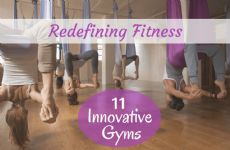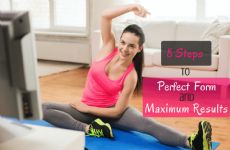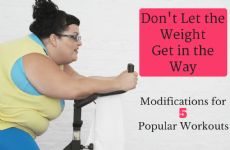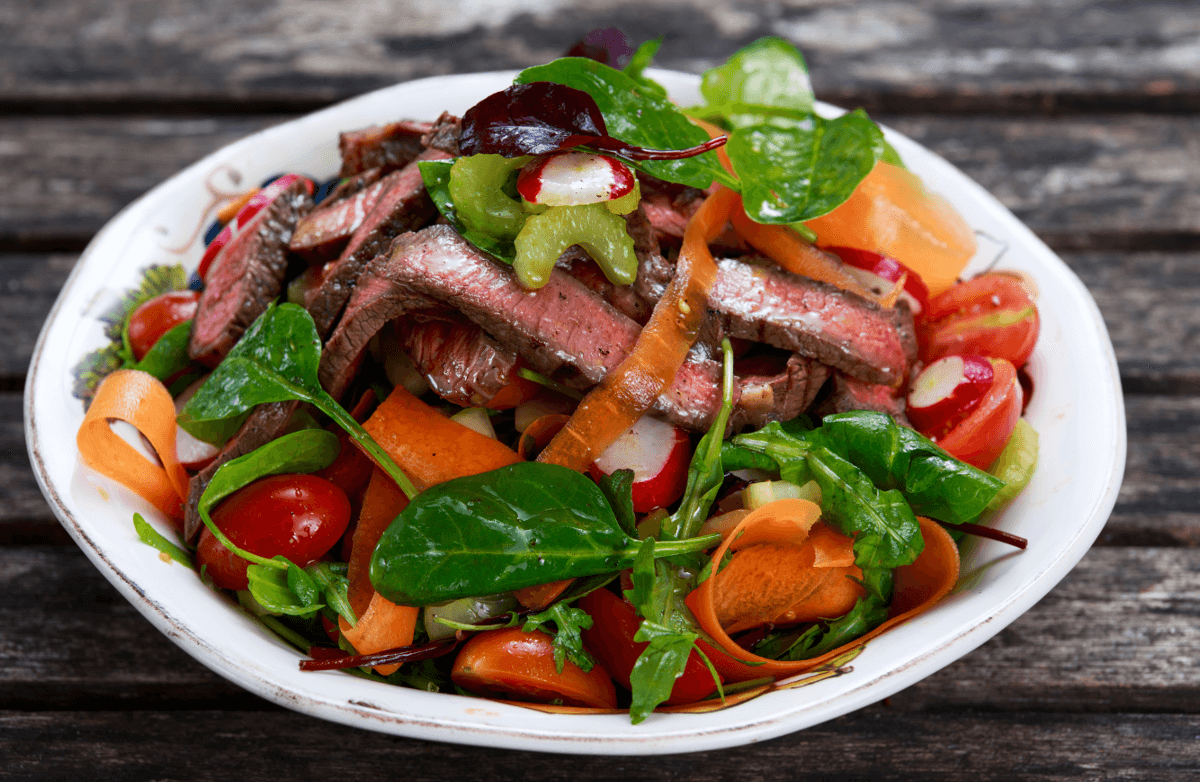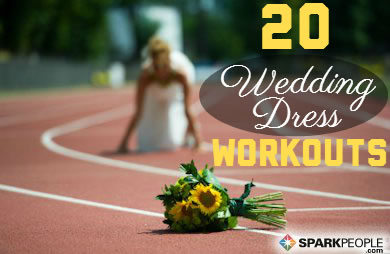|
I never thought Pilates was for me. I saw the Pilates videos, infomercials and classes at the gym, often full of older women in leotards, lying on their backs, moving their legs around in the air. It sure didn't look hard. Where was the challenge, resistance, or weights? And it didn't look very fun either, just lying on the floor for so long. I decided that it wasn't for me and that was that…or so I thought. After I had been teaching fitness classes for a few years, I started to get bored with my usual strength and cardio classes. I needed something new to keep my interest and enthusiasm. What started as a weekend Pilates workshop for inexpensive continuing education credits (necessary for every certified trainer or instructor) turned into a new passion for me. While I took the training course just for credits, I found out that I really liked this Pilates business, and the more I trained, the more benefits I experienced. I believe that every person can benefit from Pilates—men, women, athletes, couch potatoes. People of all body shapes and weights. People of all levels of fitness and coordination. It truly does offer something for everyone. In a new dailySpark series, I'll give you plenty of good reasons to try a variety of fitness endeavors that you may have never considered before. First up: 6 good reasons to try mat Pilates. Look 10 Pounds Thinner: Pilates helps you improve your posture, and the simple act of standing with good posture can make people appear 5-10 pounds thinner (and more confident, too). One of my mentors always says, "Pilates is a lifestyle." By that he means that you don't leave the class behind when you walk out the door. You try to incorporate all of the elements into your daily life—engaging your abs, standing tall, relaxing your shoulders, moving with grace. Pilates exercises help you do all those things, and standing taller and more confidently is a bonus, too. Have a Ball…and a Roll, a Ring and a Band: Many mat Pilates classes incorporate fun props into their classes, including the mini ball, foam roller, magic circle (ring) and resistance bands. If you've ever wondered how to exercise with these small pieces of equipment, you'll learn in Pilates. Plus, these tiny props offer a BIG challenge for your muscles—and make the classes even more fun! They're inexpensive and versatile and you can use them at home, too. Stretch and Strengthen Simultaneously: Most of us skimp on the stretching, even though we know it's very beneficial to our muscles, joints and mobility. Pilates stretches are dynamic, not static, which means you move as you stretch; stretches are sprinkled throughout the class (not just at the end, which makes them easy to skip). As another benefit, many of these stretches also strengthen your muscles at the same time. For example, single straight leg stretch is a great abdominal-strengthening exercise that also stretches the hamstrings at the same time—talk about multitasking! Develop and Define Your Core: More than anything else, Pilates is known for strengthening the core, and boy, does it live up to its reputation! During every single exercise, you focus on keeping your core engaged, even while working your back, arms, legs and thighs. When done properly, you exercise from the center (your core) outward. Practicing 2-3 times a week, I've seen significant improvements in my core strength and endurance, as well as my abdominal definition. Because Pilates teaches you to engage and use your transverse abdominals (this is the horizontal muscle under the vertical "6-pack" muscle), it helps you to pull in and flatten your belly over time. Alleviate Lower Back Pain: Research shows that Pilates does help reduce and alleviate lower back pain, and this is true in my experience, too. I used to have lower back pain on a regular basis, and I'd occasionally throw out my back to the point where I couldn't even walk or stand up for a few days. Most days, my back hurt most of the time, even if it wasn't completely debilitating. After incorporating Pilates into my fitness routine, I haven't had a single back incident in several years, which I attribute to my greater core strength and spinal mobility—both known products of a Pilates program. Many of my students were referred to Pilates by their doctors, chiropractors and physical therapists to help decrease pain and improve strength after injuries and surgeries to various parts of the body—not just the back. Focus in the Moment and Forget about Your Day: Perhaps the best benefit of Pilates, for me, is that it requires my focus and attention. You have to concentrate on the idiosyncrasies of each movement—because there is more to it than meets the eye. The position of your feet, legs, neck, arms, shoulders. Consciously engaging your abdominals and holding that contraction. How your breathe and how your breath lines up with your movement. All these things matter if you're going to do it correctly and achieve the most benefits. When I focus in the moment during a class, my to-do list melts away from my mind and for at least 45 minutes, I am in that room, both physically and mentally. When the workout is over, I'm refreshed, relaxed, and reinvigorated and most of all—de-stressed. If I haven't convinced you to try a class yet, read A Skeptic's Guide to Pilates or watch my Intro to Pilates video to learn more about the benefits and techniques. If you're ready for a taste, try my Pilates Abs Workout, Crunchless Core Workout or Pilates Hips & Thighs Workout videos in the privacy of your own home! It takes more than one try to truly understand the exercises and how to do them, so I always recommend trying something at least 3-5 times before you give up on it. Have you tried Pilates? If so, what do you think about it? If not, are you willing to give it a chance now? |
Popular Entries
Related EntriesMore From SparkPeople |







